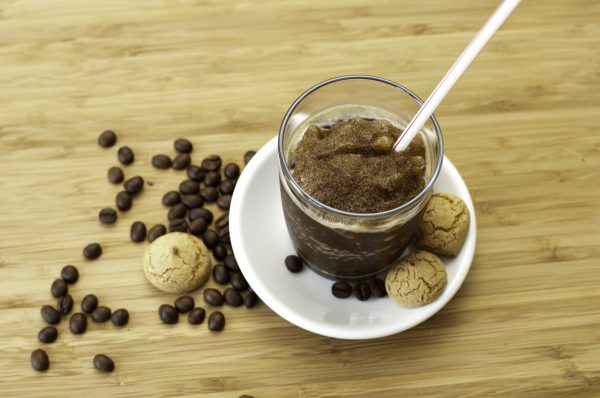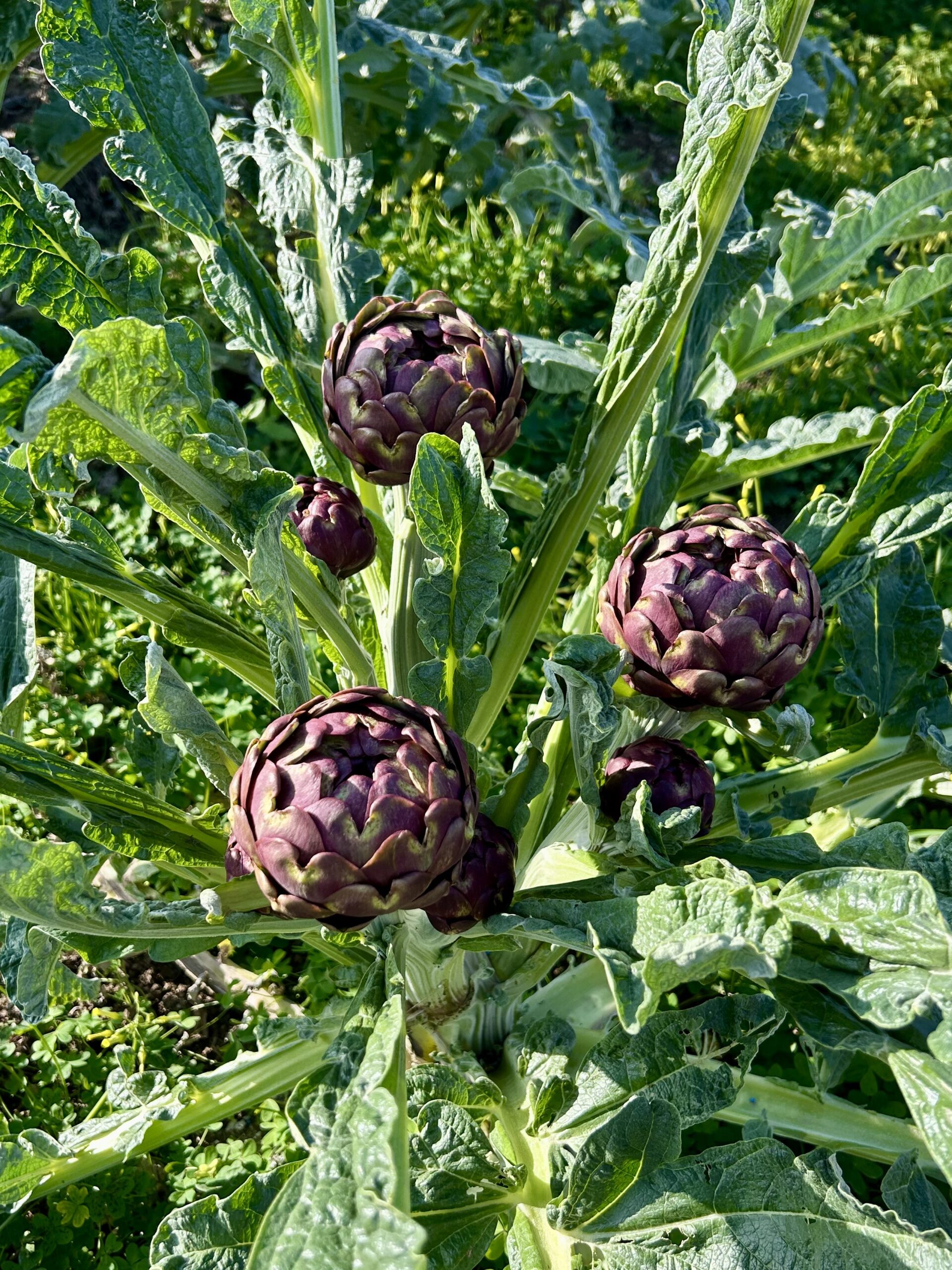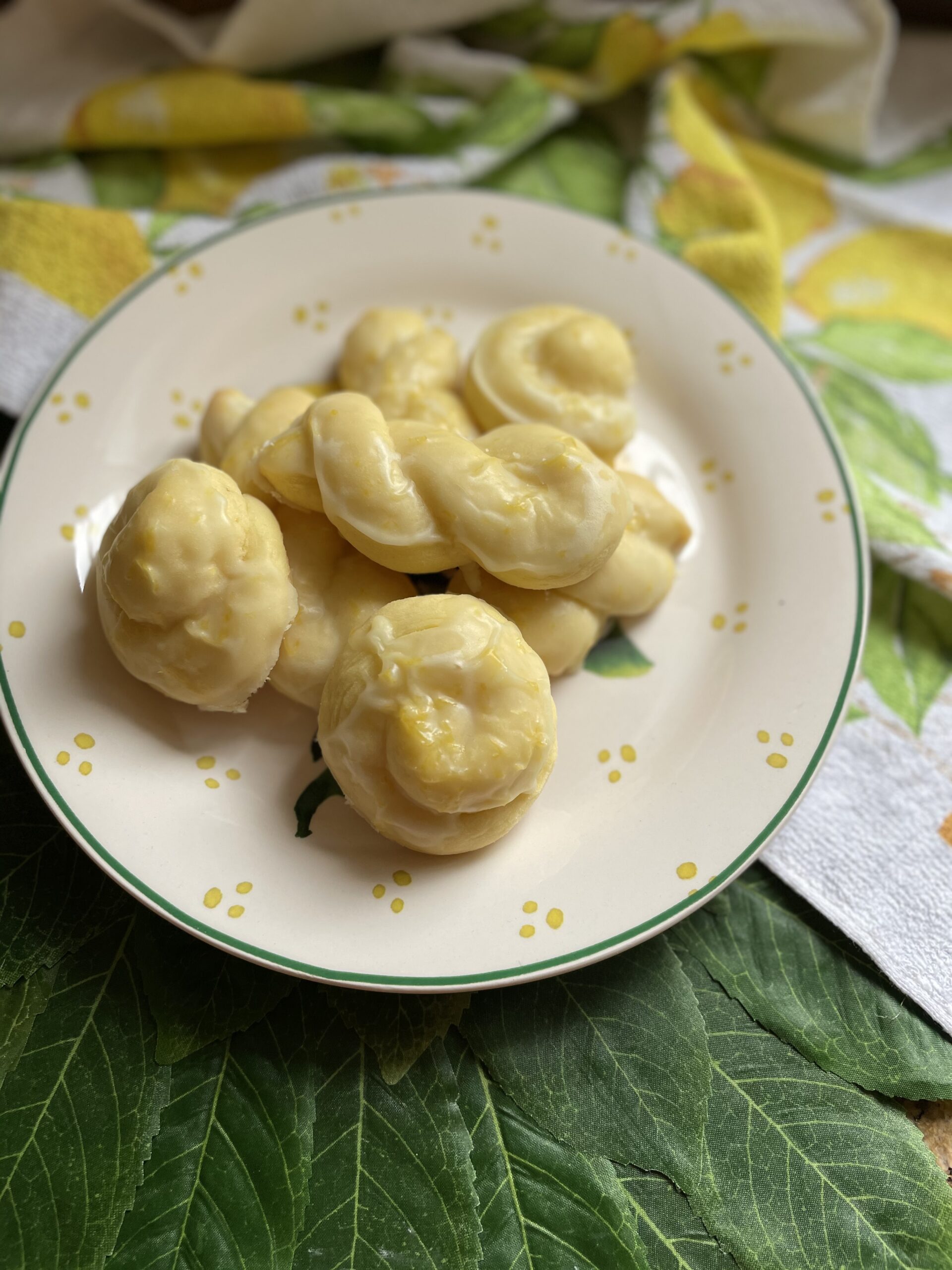Sicily, the largest island in the Mediterranean Sea, known for its white sandy beaches and crystal-clear waters. Summer days here are either sunny or very sunny with an average temperature of is 34˚. It is the ideal location for sun worshippers wishing to spend long days by the sea being caressed by the heat of the Northern African scirocco winds. This is Sicily, the birthplace of one of summer’s favorite treats, the glacial granules known as granita.
This semi-frozen dessert made from sugar, water and various flavorings traces back to the Arab rule in Italy’s south. Arabs brought with them their fruity drink known as zerbet, similar to the Italian sorbire meaning to drink. Sicilians quickly adopted this iced beverage and created their own version using pressed snow that had been collected from Mt. Etna during winter and kept in caves to be used during summer. The snow was then covered with flowers or fruit syrups, the most common and traditional being lemon, mandarin, jasmine, mint, strawberry, and black mulberry. Other variants created through the fantasy of the Sicilian artisans across the island include: coffee in Messina, chocolate, almonds, peach and pineapple in Catania, and pistachio in Bronte. As this frozen mixture resembled crystals and was grainy in texture it was given the name granita, much like the rock, granite.
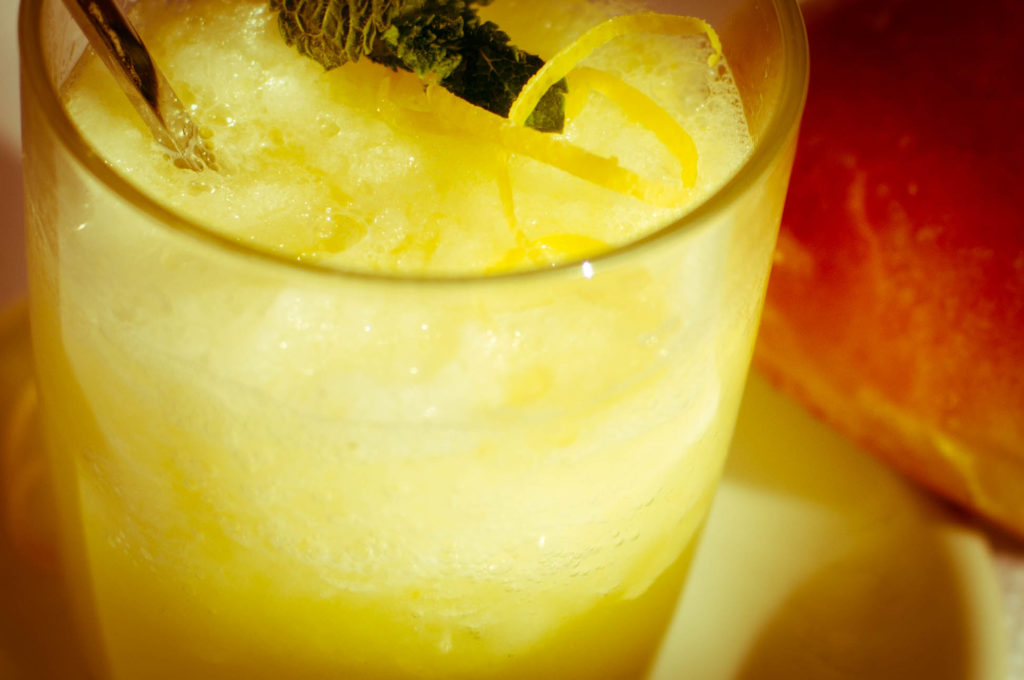
This three ingredient dessert delivered such a flavor payoff that it became the feature of many extravagant banquets held by the rich and famous of the Renaissance period. Made with savoury ingredients and less sugar it became a palate cleanser, often served between courses. The wondrous frozen creation was even mentioned by famed author Mark Twain in “Innocents Abroad” (1867) where he described a scene in Venice of people sitting at small tables ‘smoking and taking granita’.
While granita is readily available all over Italy, it is often considered an imitation of the Sicilian variety which is not based on small pieces of ice with added syrup but rather a creamy mixture of fruit and water that is frozen with occasional agitation to produce a fine granulate with tiny flakes and no pieces of ice.
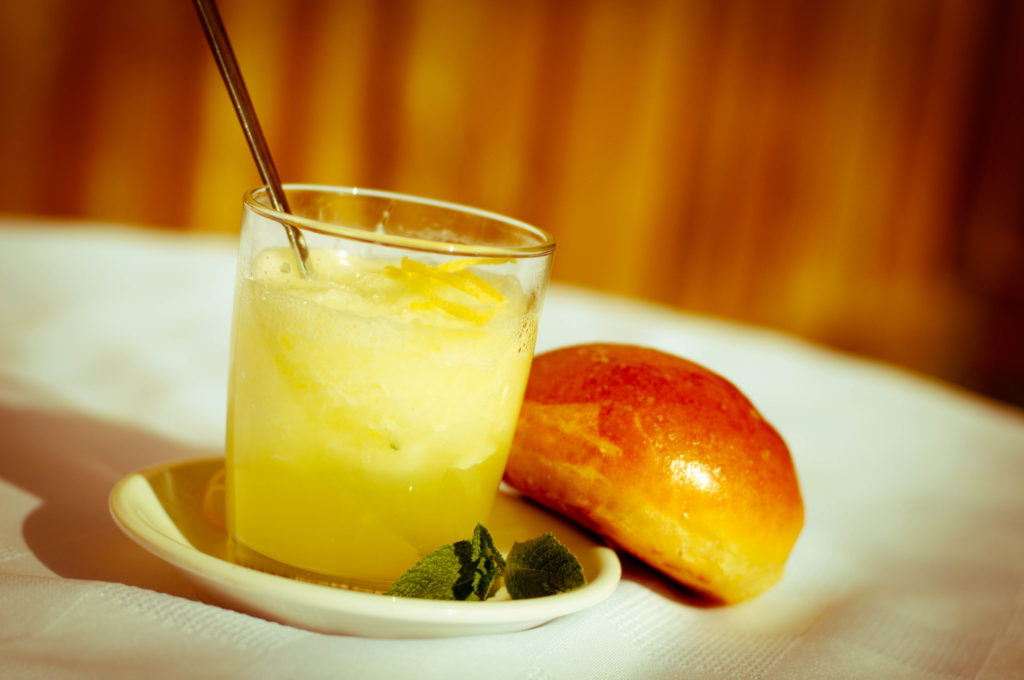
In summer, it is almost customary to offer an invited guest a refreshing granita. It is typically served in a tall, narrow glass, often topped with whipped cream, and eaten with a spoon or enjoyed as a slushy drink with a straw. It was also traditionally eaten in combination with fresh crisp bread which later became replaced by a Sicilian brioche shaped like a ball called u tuppu. Granita ca brioscia (dialect for granita and brioche) was and still is enjoyed as a typical breakfast during the summer months in coastal areas. It is undeniably a quintessential of the sunny season; an uncomplicated dessert that can easily be prepared at home. It requires only a few simple ingredients, patience, and imagination. Buon Appetito!
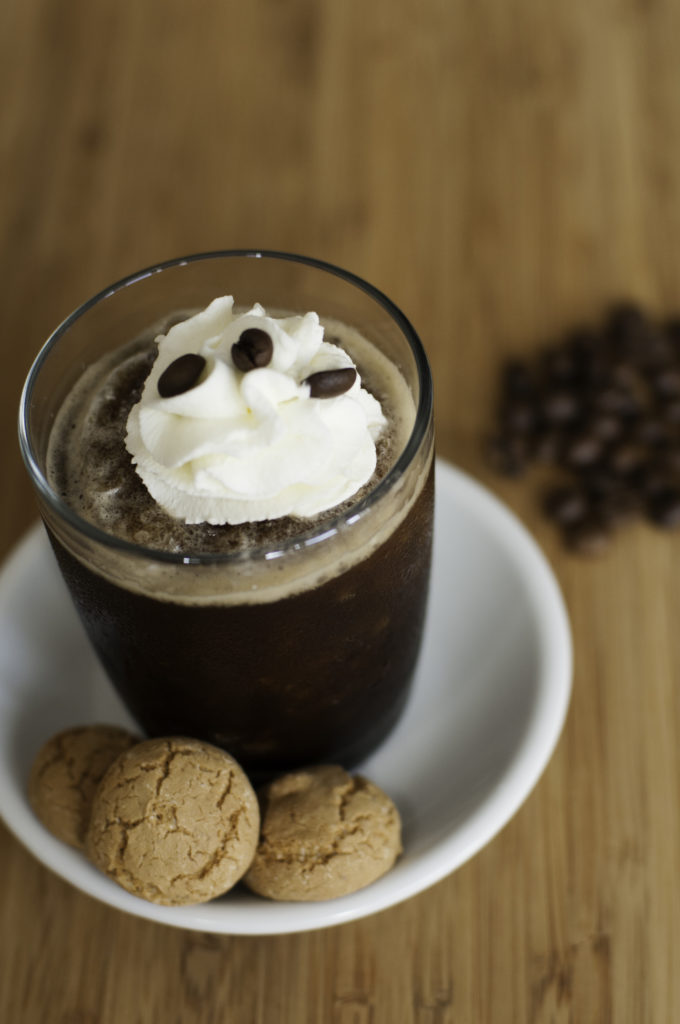
Espresso Granita
(serves 4 to 6)
- 3 cups hot brewed espresso
- ½ to ¾ cup sugar
Pour the hot coffee in a bowl and add the sugar to dissolve. Cool to room temperature and then transfer to a shallow pan and place in the freezer. Every 30 minutes, using a fork, stir the granite, scraping it off the bottom and sides of the pan. Break up the frozen parts near the edges into smaller chunks and rake them toward the centre. Continue to freeze and break up the ice crystals until completely frozen, approximately 3 hours. If at any time the granita seems too hard, simply leave it out at room temperature for a few minutes until it softens enough to be stirred and then return it to the freezer. To serve, scrape across the top of the frozen mixture with a large spoon. If it is too firm let it stand at room temperature for a few minutes. Divide the granita among 4 to 6 dessert glasses and top with a dollop of whipped cream or serve with a biscotti or amaretti cookies.

